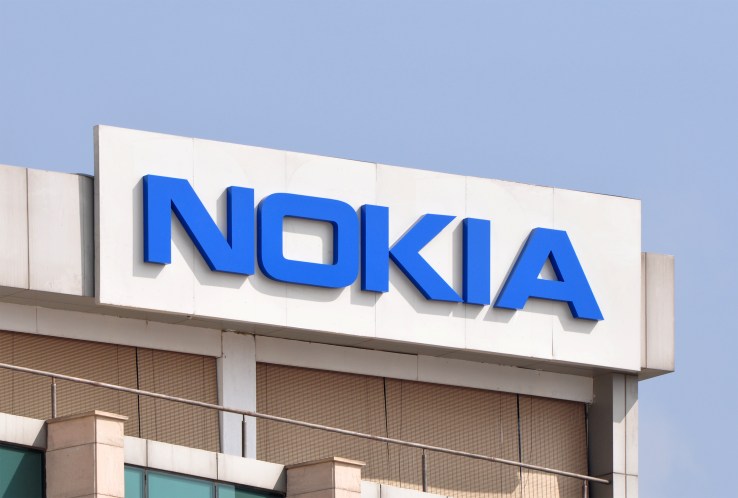Nokia,once the best mobile phone maker that in a long run withdrew to a business based around networking gear and targeted verticals like health and imaging, is thinking its business strategy once again. Today, the company announced that it would stop building its pricey OZO virtual reality cameras after finding that the VR market was developing “slower-than-expected”. It will instead shift its focus more to health products and patent licensing.The company is terminating 310 people as part of the move.
The cutback will happen mainly in the U.S., U.K. and Finland, Nokia said, and account for about 3.5 percent of the 1,090 employees in Nokia Technologies, as the unit supervising VR efforts (along with Health and licensing of patents) is called.
“The company's Technologies is at a point where, with the right aim and investments, we can significantly grow our footprint in the digital health market, and we must seize that opportunity,” said, The president of Nokia's Technologies in a statement. “While essentially, the changes will also affect our employees, and as an accountable company we are devoted to providing the needed support to those affected.”
The company’s OZO VR cameras made their presentation around 2015 at a time when the company looked it had all but given up on hardware for good, after seeing its mobile phone business — once the biggest in the world — get ruined by the rise of Android and the iPhone and gradually sold off to Microsoft (which continued to wind it down after also failing to revive it). Tapping into the growing interest in VR, the company doubled down on its imaging ability— it was known to have some of the best camera technology in its smartphones, with the patents to underpin it — and went as far as possible into VR cameras.
Partially because of the technology involved, and partially because of the relative immaturity of the market, these cost a lot, upwards of $60,000 when they finally started to ship, meaning that there was never going to be a mass market for the products, except VR really took off.
In the end, it has not — or at least not like Nokia thought that it would. With opponent making lower-priced tools, one interesting turn has been how VR technology has made its own way into more ordinary products, sooner than developing on a specialist-equipment route. (In the VR headset space, for example, that has meant headsets that let you use your own smartphone as the display screen.)
The company kick-started its digital health business about a year and half ago with the €170 million ($200 million in today’s currency) purchase of French smart health gadget maker Withings, which had made a name for itself in activity trackers, blood pressure monitors, smart scales and other health and fitness devices. Nokia rebranded the services as Nokia earlier this year.
Its licensing has been one of Nokia’s mainstays during a lot of its deviations. Part of this is similar to the company’s technology legacy, and part of this is still in growth of being built by way of Nokia Bell Labs.




